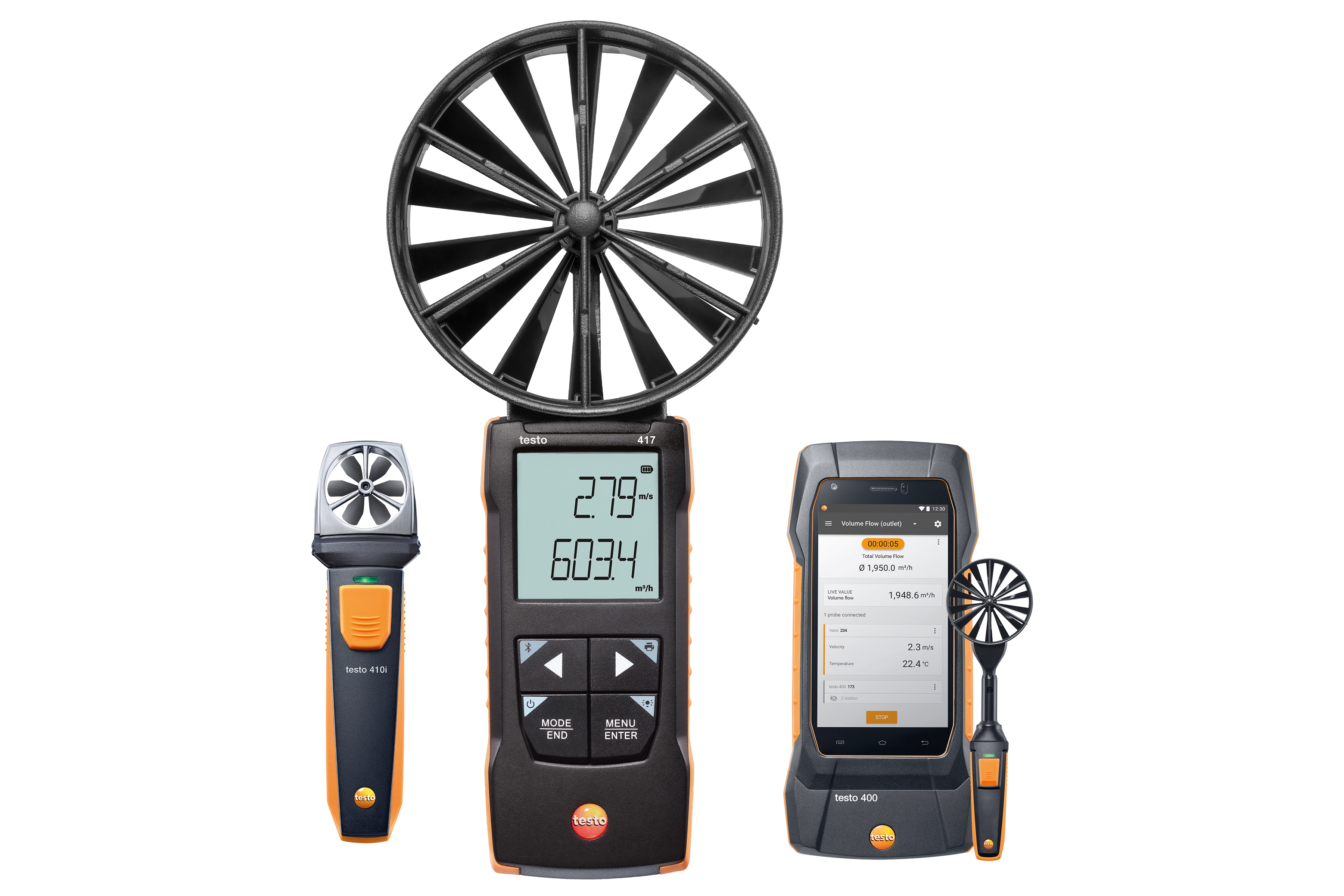Leading Attributes to Look for in an Effective Anemometer for Accurate Wind Measurement
Leading Attributes to Look for in an Effective Anemometer for Accurate Wind Measurement
Blog Article
Discovering the Features and Advantages of Anemometers for Climate Fanatics and Specialists
Anemometers stand as important tools in the world of weather tracking, accommodating both lovers and experienced experts alike. These gadgets provide a window right into the vibrant world of wind patterns and speeds, providing invaluable information for meteorological analysis and projecting. From mug anemometers to sonic anemometers, each kind brings its special set of applications and benefits, clarifying numerous elements of weather. As we look into the features and advantages of anemometers, a deeper understanding emerges not just of prevailing weather sensations yet likewise of the wider ramifications for fields like wind power production and environmental research study.
Significance of Anemometers in Climate Tracking
Anemometers play an important role in weather condition surveillance by providing accurate measurements of wind speed, helping in projecting and understanding climate patterns. These tools, varying from traditional mug anemometers to modern ultrasonic anemometers, are vital for meteorologists, scientists, and weather condition fanatics alike.

Types of Anemometers and Their Applications
The most typical types of anemometers include mug anemometers, vane anemometers, hot-wire anemometers, and ultrasonic anemometers. Cup anemometers consist of three or four cups mounted on straight arms that turn with the wind, measuring its rate. Vane anemometers, on the various other hand, use a freely revolving vane to align with the wind instructions, giving both wind rate and direction measurements.
Each type of anemometer has its special advantages and applications. Cup anemometers are appropriate and durable for general climate surveillance, while vane anemometers are preferred for directional dimensions. Hot-wire anemometers are sensitive to low air speeds, making them optimal for indoor settings. Ultrasonic anemometers are non-intrusive and supply high precision, frequently used in research and specialized weather tracking applications. Comprehending the qualities and applications of each type of anemometer is important for choosing the most appropriate instrument for particular weather condition keeping an eye on demands.
Benefits of Utilizing Anemometers in Projecting
In weather forecasting, the use of anemometers uses very useful benefits for improving the precision of climate projecting. Anemometers measure wind rate and direction, giving essential information for predicting weather condition patterns. By including wind data into forecasting versions, meteorologists can better recognize the movement of climate systems, prepare for modifications in climatic conditions, and concern much more specific projections.
Moreover, anemometers play an essential role in analyzing prospective climate hazards. Keeping an eye on wind rates helps forecasters anticipate severe weather condition events such as cyclones, tornadoes, and winter season storms with better accuracy. This very early caution system enables authorities to issue timely informs and carry out Bonuses required safety and security procedures, decreasing the threats to life and residential or commercial property.
In addition, anemometers assist in optimizing renewable resource manufacturing. By analyzing wind patterns, meteorologists can determine appropriate places for wind ranches and forecast power result, adding to the effective generation of wind power.

Anemometers in Wind Energy Manufacturing
Offered the critical role anemometers play in supplying precise wind information for climate projecting and hazard evaluation, their relevance reaches the world of wind power manufacturing. Anemometers are important instruments in the area of wind power, where the measurement of wind speed and instructions is critical for identifying the expediency and effectiveness of wind generator installments. By properly measuring wind speeds at varying heights, anemometers help optimize the placement and style of wind turbines to make best use of power result.
In wind farms, anemometers are purposefully placed to collect real-time wind information that is used to assess the prospective power manufacturing of a website. This data is instrumental in figuring out the economic viability of wind energy tasks and in forecasting power generation to make sure grid stability. Furthermore, anemometers aid in keeping an eye on wind conditions to optimize turbine efficiency, protect against damages from high winds, and guarantee the security of personnel operating in the location of wind turbines.
Enhancing Weather Understanding With Anemometers

Anemometers play an essential role in improving our understanding of microclimates. These local climate condition can vary dramatically from more comprehensive local projections, making it necessary to have accurate data for certain locations. anemometer. By purposefully positioning anemometers in various locations, researchers can collect thorough info on exactly how wind behaves in various terrains, city atmospheres, or bodies of water
Moreover, anemometers add to boosting climate forecasting versions by supplying real-time information on wind actions. This details is specifically visite site important for forecasting severe weather events, enhancing farming techniques, and supporting industries like aeronautics and maritime navigating. Generally, anemometers are vital instruments that enable us to dive much deeper right into the intricacies of climate systems, ultimately resulting in even more precise predictions and better-informed decisions.
Final Thought
To conclude, anemometers play an essential role in climate monitoring and forecasting by determining wind speed and direction. They are essential tools made use of by weather fanatics and specialists to collect precise data for predicting weather patterns and examining possible effects. Anemometers likewise have applications in wind energy production, further highlighting their relevance in both meteorology and renewable resource sectors. Overall, anemometers contribute to enhancing our understanding of climate phenomena and boosting projecting abilities. anemometer.
From cup anemometers to sonic anemometers, each type brings its distinct set of advantages and applications, shedding light on various facets of atmospheric conditions. These tools, varying from conventional mug anemometers to modern ultrasonic anemometers, are essential for meteorologists, researchers, and weather condition enthusiasts click reference alike. The most usual types of anemometers consist of mug anemometers, vane anemometers, hot-wire anemometers, and ultrasonic anemometers. Cup anemometers are robust and suitable for general climate tracking, while vane anemometers are favored for directional measurements. Anemometers are essential tools in the area of wind energy, where the dimension of wind rate and direction is essential for determining the expediency and effectiveness of wind turbine installments.
Report this page